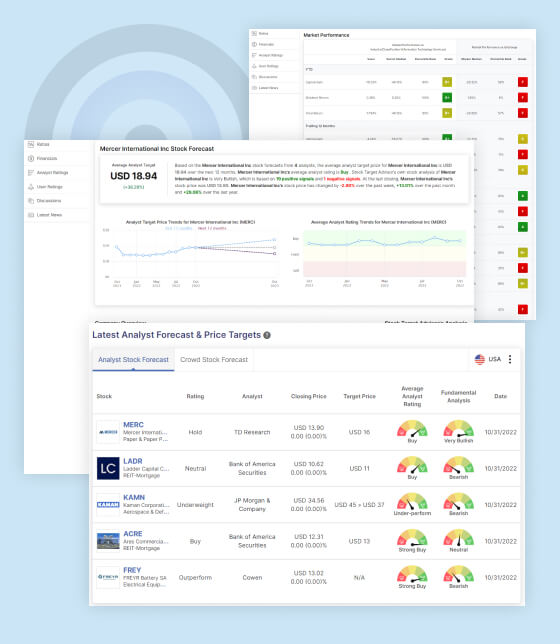Auto Tariffs
The introduction of 25% tariffs on foreign-made automobiles and parts is causing significant uncertainty in the auto industry, adding to the already tumultuous landscape created by ongoing trade tensions. The announcement, set to take effect on April 2, 2025, has triggered responses from various government officials, companies, and stakeholders around the world, highlighting the broader consequences of these tariff measures.
Tariff Details and Impact on Trade
The decision, made by U.S. President Donald Trump, invokes Section 232 of the Trade Expansion Act of 1962. This provision allows the U.S. government to impose tariffs if it determines that foreign imports threaten national security. By imposing a 25% tariff on passenger vehicles—including sedans, SUVs, crossovers, minivans, cargo vans, and light trucks—as well as key automobile components like engines, transmissions, powertrains, and electrical systems, the administration aims to boost domestic production and curb the influence of foreign manufacturers.
Under this new tariff regime, the U.S. will also apply tariffs to certain automobile parts, though companies that can demonstrate a higher percentage of U.S. content in their vehicles will be able to avoid paying the full 25%. This would be done under the United States-Mexico-Canada Agreement (USMCA) rules, which allow auto manufacturers to certify their products’ U.S. content. If they meet these standards, they will only face tariffs on the non-U.S. components in their vehicles.
For example, U.S. manufacturers would be able to avoid the tariff on parts imported from within North America (such as Canada or Mexico) as long as those parts meet USMCA compliance. However, parts that are imported from other countries (such as Europe or Asia) will still be subject to the 25% tariff. The evolving nature of these regulations means that companies will have to continually adapt to new rules, further complicating business decisions.

STA Research (StockTargetAdvisor.com) is a independent Investment Research company that specializes in stock forecasting and analysis with integrated AI, based on our platform stocktargetadvisor.com, EST 2007.








































